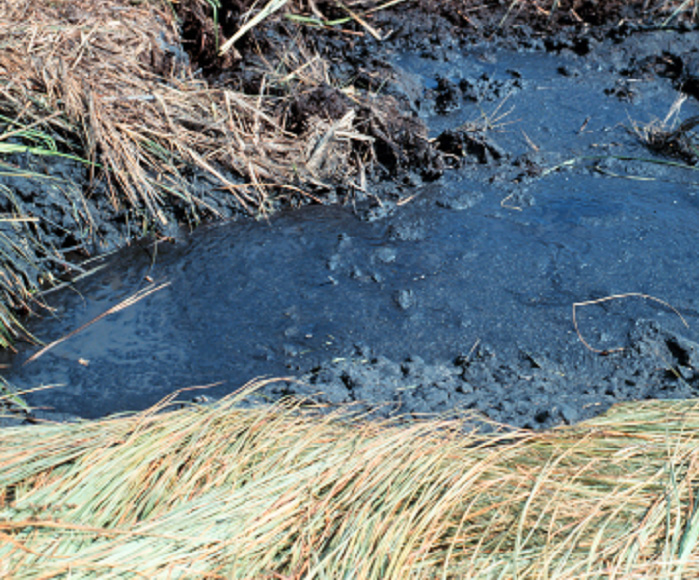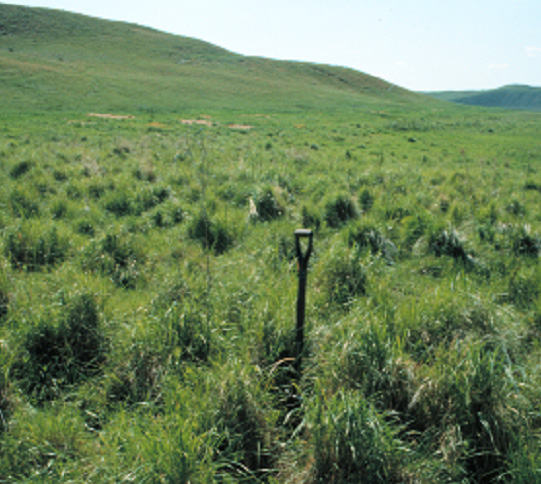|
|
||
 |

 |
 |
| Ecological
History
The Sand Hill fens are peatlands, where groundwater-saturated soils form under anaerobic conditions, facilitating the buildup of highly organic soils. Jumbo Valley Fen, located in Cherry Co. Nebraska, has organic deposits extending nearly 7 m deep, with the basal layers radiocarbon dated to 12,260 years bp. Clearly some of the fens predated the deposition ofsands that created the Sand Hills. The plants and animals found in the Sand Hills support the view that the fens have supported species that were likely common 18,000 years ago at the time of the Wisconsin glacial maximum. For example the pearl dace (Semotilus margarita), a minnow, has a range that extends north into the Northwestern Territories of Canada, but is not found in states surroundingNebraska. Similarly marsh marigold (Caltha palustris), cottongrass (Eriophorum angustifolium) and bog buckbean (Menyanthes trifoliata) are fen indicator species with more northern and alpine affinities, and few nearby populations. If these species are true outliers, then it is not inconceivable that the nematode communities in the soil contain true glacial relict species. If, on the other hand, the plant species were present due to some form of jump dispersal and the fen flora and fauna were of recent origin, then it is unlikely that the nematode community would reflect a glacial or northern boreal affinity. ----------------------------------------------------------------------------------------------------------------- Mummified Nematodes Nematologists are normally restricted to studying fresh or recently preserved specimens (due to the poor preservation of the soft body parts), the Sand Hill fens provide a remarkable opportunity to study nematodes that died hundreds and possibly thousands of years ago. In a preliminary sampling of peat from Jumbo Valley Fen in Cherry Co., obtained with a Vibricore corer, we discovered two remarkably well preserved species of nematodes. They were identified as yet undetermined species of Hirschmanniella and Aorolaimus, both plant-feeding nematodes. They were found in peat layers as deep as 1.5 m, in which there were no living nematodes. In the upper 10-cm, in which living nematodes were present, no representatives of either "mummified" species were recovered. A more comprehensive survey of the Sand Hill fen nematode community could possibly provide novel insight into past plant parasitic nematode communities and their host species |
||

